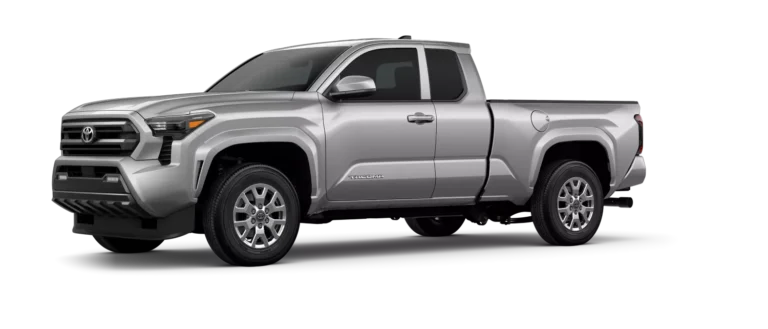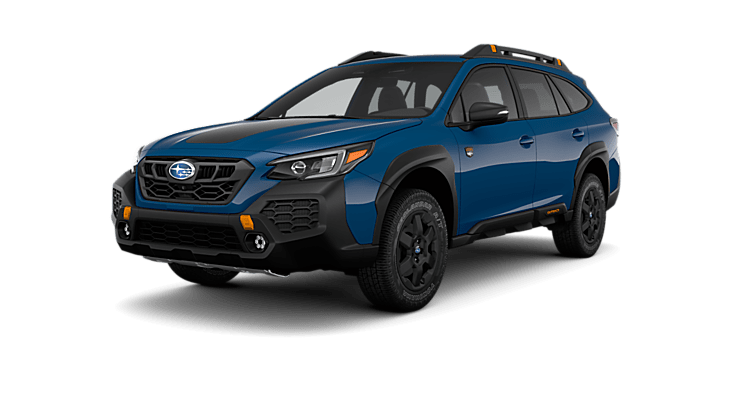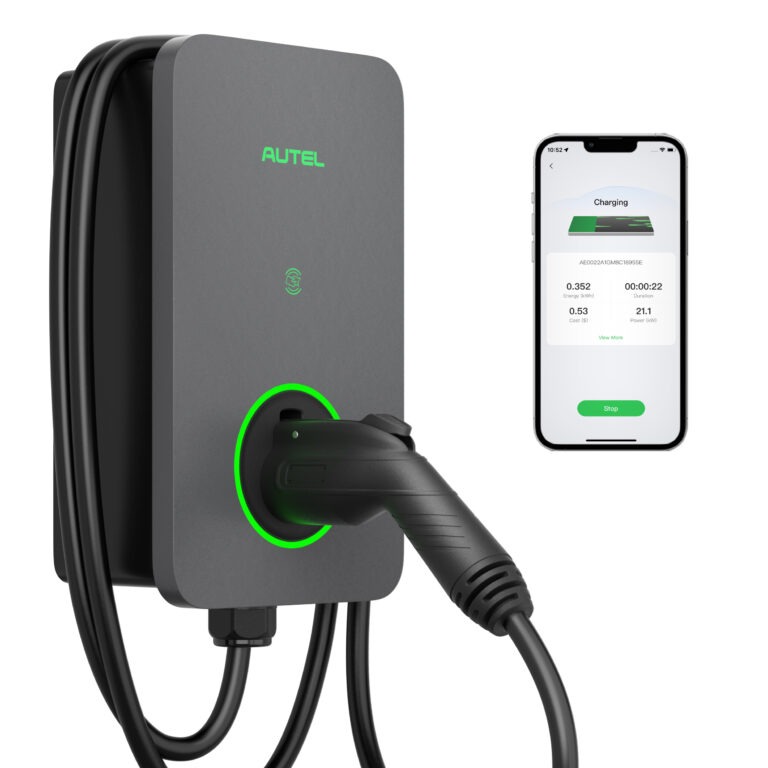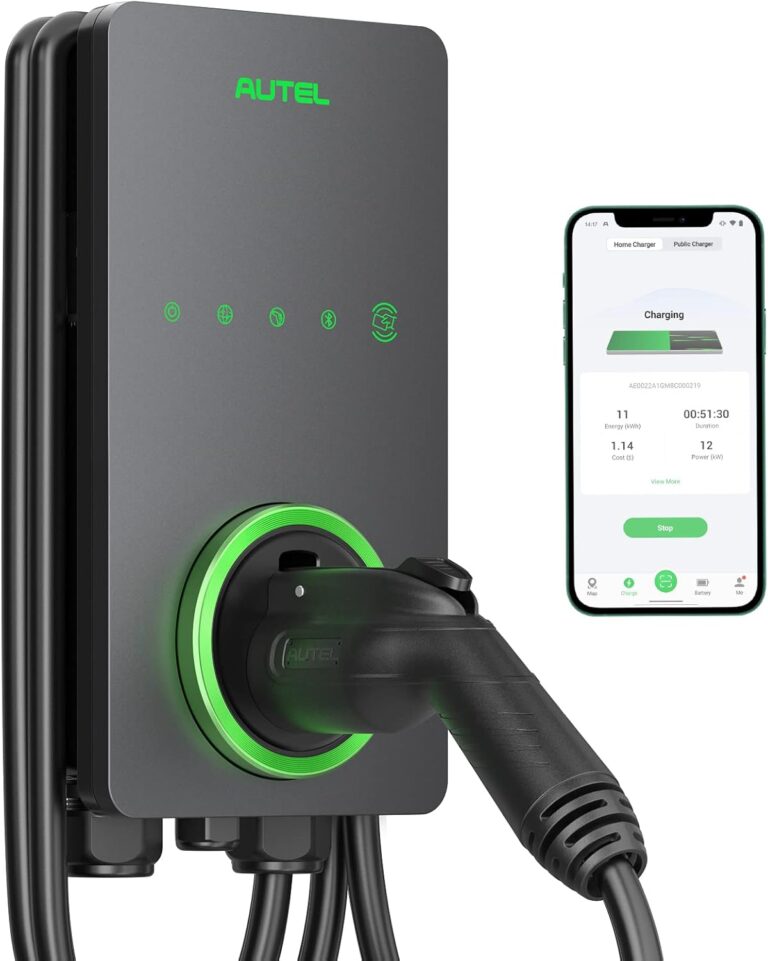
Subaru VIN Number Check!
Don’t risk hidden issues! Click ‘Check Any VIN Now’ to see recalls, problems, issues, and more! Just enter your VIN and email to get your report.
Free Subaru VIN Decoder
A Complete Guide On How To Check A Subaru VIN
Running a Subaru VIN number check helps uncover important history, including previous accidents, recalls, service records, and title status.
Subaru is renowned for its safety, reliability, and all-wheel-drive capability, making a VIN check especially valuable for buyers and owners. Whether you’re purchasing a pre-owned Subaru or confirming details about your current car, a VIN check ensures you avoid hidden issues and costly surprises.
Subaru VIN Number Check: Understanding Your Vehicle’s Identity
A Vehicle Identification Number (VIN) is a unique 17-character code assigned to every vehicle, acting as its fingerprint. It provides essential information about a car’s specifications, history, and origin.
Breaking Down a Subaru VIN:
WMI (World Manufacturer Identifier): Identifies Subaru as the manufacturer and the region where the vehicle was built.
VDS (Vehicle Descriptor Section): Details the model, engine type, body style, and drivetrain—crucial for understanding a Subaru’s all-wheel-drive system and trim level.
VIS (Vehicle Identifier Section): Contains the production year, assembly plant, and unique serial number for tracking and verification.
Why a Subaru VIN Check Matters
A VIN check is essential for uncovering accident history, recalls, title status, and previous ownership—key factors for Subaru owners and buyers. Whether you’re purchasing a used Outback, WRX, or Forester, verifying the VIN ensures you make an informed decision and avoid hidden surprises.
Where To Find the VIN on A Subaru Outback
For Subaru Outback owners, you can locate the VIN in these spots:
- Dashboard: Look through the windshield on the driver’s side.
- Driver’s Side Door Frame: Open the door and check the sticker on the pillar.
- Engine Bay: Stamped on the engine block or firewall.
- Paperwork: Found on registration documents, insurance cards, and service records.
Where to Find the VIN on A Subaru Forester
If you own a Subaru Forester, check these areas for your VIN:
- Windshield Dashboard: Clearly visible from the outside, on the driver’s side.
- Driver’s Door Jamb: Located on a label near the latch.
- Under the Hood: Stamped on the engine bay or firewall.
- Vehicle Documents: Found on your registration, insurance, and service records.
Where to Find the VIN on A Subaru WRX
For a Subaru WRX, the VIN can be found in these locations:
- Driver’s Side Dashboard: Look through the windshield near the bottom corner.
- Door Frame: Open the driver’s door and check the pillar sticker.
- Engine Compartment: Stamped on the engine block or firewall.
- Official Records: Available on insurance, registration, and service paperwork.
Where to Find the VIN on A Subaru Crosstrek
Subaru Crosstrek owners can locate their VIN in these places:
- Windshield Area: Look at the driver’s side dashboard.
- Driver’s Side Door Frame: Check the sticker near the door latch.
- Engine Bay: Stamped on the engine or firewall.
- Vehicle Documents: Found on your registration, title, or insurance card.
Find Your Subaru VIN in the MySubaru App
If you’re looking for your Subaru’s VIN but don’t have access to the vehicle, you can find it in the MySubaru app. Follow these 4 simple steps:
- Open the MySubaru App – Make sure you’re logged in to your account.
- Select Your Vehicle – If you have multiple Subarus linked to your account, choose the one you need.
- Go to Vehicle Details – Look for an option like “Vehicle Information” or “My Vehicle” in the menu.
- Find Your VIN – The 17-character VIN should be displayed along with other details about your Subaru.
Discover the value of your cars options and specification!
- Select from thousands of vehicles and options
- See how each option adds value to your car
- Discover which tech features add a premium
- Spot which options hold their value over time
- Find out if that 'Sport' package pays off later
- Identify high value features others miss
$355 $354 $353 $352 $351 $350
Subaru VIN Codes
Manufacturer Codes
| Code | Manufacturer |
|---|---|
| JF1 | Subaru Passenger Cars (Japan) |
| JF2 | Subaru SUVs (Japan) |
| 4S3 | Subaru Passenger Cars (USA) |
| 4S4 | Subaru SUVs (USA) |
Model Codes
| Code | Model |
|---|---|
| A | Impreza |
| B | Legacy |
| C | Outback |
| D | Forester |
| E | BRZ |
| F | Crosstrek |
Body Type Codes
| Code | Body Type |
|---|---|
| S | Sedan |
| W | Wagon |
| H | Hatchback |
| C | Coupe |
| T | SUV |
Engine Codes
| Code | Engine |
|---|---|
| EJ25 | 2.5L H4 |
| FB20 | 2.0L H4 |
| FB25 | 2.5L H4 |
| FA20 | 2.0L Turbo H4 |
| FA24 | 2.4L Turbo H4 |
Plant Codes
| Code | Plant |
|---|---|
| A | Gunma, Japan |
| P | Lafayette, Indiana, USA |
How To Decode a Subaru VIN
Every Subaru VIN (Vehicle Identification Number) is a 17-character code that provides key details about your vehicle, including its origin, model, engine, and unique serial number. Here’s how to break it down:
WMI (World Manufacturer Identifier) – First 3 Characters
Identifies the manufacturer and region where the vehicle was built.
JF1 = Subaru passenger cars (e.g., Impreza, WRX, BRZ)
JF2 = Subaru SUVs (e.g., Outback, Forester, Crosstrek)
4S3 = Additional Subaru passenger cars (U.S.-built models)
4S4 = Additional Subaru SUVs (U.S.-built models)
VDS (Vehicle Descriptor Section) – Characters 4-9
Contains information about the model, body style, engine type, and safety features.
First 3 characters (4-6): Model and body style (e.g., GKD = WRX STI, BL9 = Legacy Sedan)
Next 3 characters (7-9): Engine type, transmission, and safety features
VIS (Vehicle Identifier Section) – Characters 10-17
Includes the year of manufacture, assembly plant, and unique serial number.
10th character = Model year:
A = 2010, B = 2011, C = 2012, … L = 2020, M = 2021, etc.
11th character = Assembly plant:
H = Gunma, Japan (Main Subaru plant)
G = Lafayette, Indiana, USA (For U.S.-built models)
Characters 12-17 = Unique serial number
Example Subaru VIN Decoded:
JF1VA1A67M9801234
JF1 = Subaru passenger car (built in Japan)
VA1 = Subaru WRX STI model
A6 = 2.5L Turbo engine with AWD
7 = Safety features and transmission type
M = Model year 2021
9 = Manufactured at Gunma, Japan
801234 = Unique production serial number
Why a Subaru VIN Number Check is Essential Before Buying!
Risks of Skipping a Subaru VIN Check
Unresolved Recalls
Subaru vehicles, like the Forester or Outback, may have active recalls for critical issues like brake failure, airbag malfunctions, or engine problems. A VIN check ensures all recalls have been addressed.
Hidden Accident Damage
A Subaru might look fine on the outside, but past collisions could mean structural damage or improperly repaired airbags, leading to expensive future repairs.
Theft Records & Title Discrepancies
If a Subaru VIN number check reveals a salvage title, odometer rollback, or theft record, you could end up with a car that’s illegal to drive or resell.
Odometer Accuracy and Fraud
Some sellers may tamper with the odometer to make the car seem less used than it really is. A VIN check can help confirm the actual mileage.
Ensure the Vehicle’s Specs Match Its Description
A VIN number check verifies key details like the engine type, transmission, trim level, and features, ensuring you’re getting the exact Subaru model you paid for.
Real-World Example
Imagine buying a Subaru Outback, only to find out it has been in a flood and has unresolved transmission recalls. A Subaru VIN number check helps you avoid these costly surprises and ensures you’re making a smart purchase.
Check Your Subaru VIN Number Below
Subaru VIN Number Check FAQ
How to Look Up a Subaru VIN Number
A Subaru VIN number check is a crucial step for verifying a vehicle’s history, specifications, and authenticity. The Vehicle Identification Number (VIN) is a 17-character alphanumeric code unique to each Subaru, providing essential details like the model, trim level, manufacturing plant, and more.
To look up your Subaru VIN, follow these steps:
- Locate the VIN – It can be found in several places, including:
- The lower-left corner of the dashboard (visible through the windshield).
- The driver’s side door jamb (inside the frame).
- The engine bay or under the hood.
- Your vehicle registration, title, insurance documents, or Subaru My Account.
- Use an Online VIN Decoder – Many third-party websites and Subaru’s official site allow you to enter your VIN for a detailed Subaru VIN number check.
- Check for Recalls & Service History – Subaru provides an official recall lookup tool where you can enter your VIN to check for outstanding recalls or safety notices.
How Do I Know Which Subaru Outback Model I Have?
Identifying your Subaru Outback model involves checking your VIN, owner’s manual, and badges on the car. Here’s how:
- VIN Lookup: Running a Subaru VIN number check will reveal the exact model year, trim, and engine details.
- Badging on the Vehicle: The rear of your Outback often displays trim levels such as Base, Premium, Limited, Touring, Onyx Edition XT, or Wilderness.
- Owner’s Manual & Registration: These documents typically include your vehicle’s model and year.
How Do I Tell What Trim My Subaru Is?
The trim level of a Subaru determines its features, technology, and performance options. Here’s how you can identify it:
- Check the VIN: A Subaru VIN number check provides detailed information on the trim level.
- Look at Interior Features:
- Base Models – Cloth seats, manual climate control, basic infotainment.
- Premium – Heated seats, larger infotainment system, and power-adjustable driver’s seat.
- Limited/Touring – Leather upholstery, premium sound system, and advanced safety features.
- XT/Wilderness – Turbocharged engine, rugged design, and off-road capabilities.
- Badge & Window Sticker: If the original window sticker is available, it will explicitly state the trim level.
How Do I Know What Version of Subaru I Have?
Subaru releases different versions of the same model across various markets. You can determine your Subaru’s version by:
- Checking the VIN (Vehicle Identification Number) – The Subaru VIN number check can reveal manufacturing details.
- Identifying model year differences – Subaru refreshes models every few years, so exterior design changes, tech upgrades, and engine options help distinguish versions.
- Looking at your owner’s manual or dealer records – These contain the exact specifications of your car.
Unlock accurate valuations for your car’s features in seconds – find out what your options are worth today and in the future.



